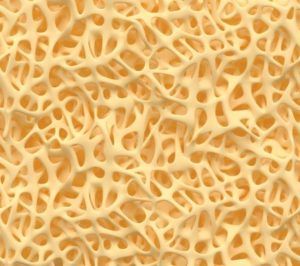Applications
Biotechnology
BIOTECHNOLOGY
Innovations brought by nanotechnology to biosciences, are proving to be good candidates to benefit from these potentialities. Applications can be found in different areas of biotechnology and different examples are shown below:
- Implants
- Tissue engineering
- Biosensors
- Nanoparticles coating
Barrier protection for implantable mems
Implantable devices integrated with active electronics need to be protected from the physiological environment in order to perform their designated functions, which is a particular challenge for chronically implanted devices.
Basic requirements implantable devices protection barriers:
- biocompatibility
- biostability
- sufficient mechanical strength
- high electrical resistance
- low dielectric constant
- conformal and pin-hole free coating
- low process temperatures
- compatibility with sterilization process(es)
Example:
Encapsulation of the device with a low water vapor transmission rate coating:
Polymers 10-2 gmm/m2 day
Atomic layer deposited (ALD) Al2O3 10-10 gmm/m2day
Applied Physics Letters (101) 093702, 2012.
Prevention of metal diffusion from implants
Medical implants and other tools and objects with thin films and biocompatible materials on an industrial scale. Coating complex 3D structures with just a few nanometer thick prevent metal diffusion from medical implants.

Example: Biomedical coatings
- aluminum oxide (Al2O3)
- hydroxyapatite (HA)
- silicon dioxide (SiO2)
- titanium nitride (TiN)
- titanium dioxide (TiO2)
- zirconium dioxide (ZrO2)
Application in tissue engineering
Nanoporous Al2O3 has been proposed as a coating for Ti implants. Cells have been shown to proliferate and attach via focal adhesion points to the pores in the material. ALD techniques are able to coat all of the exposed inner and outer surfaces of AAO in a uniform manner providing with new functionalities to the surface.

Example:
Nanoporous anodic aluminum oxide (AAO) membranes coated with Zinc and Titanium oxide. The coatings do not compromise the openings of the nanoscale pores The coated membranes showed the highest amount of initial protein adsorption and demonstrated antimicrobial activity.
J. Biomed. Mater. Res. Part A, 100, 2230–2238, 2012

